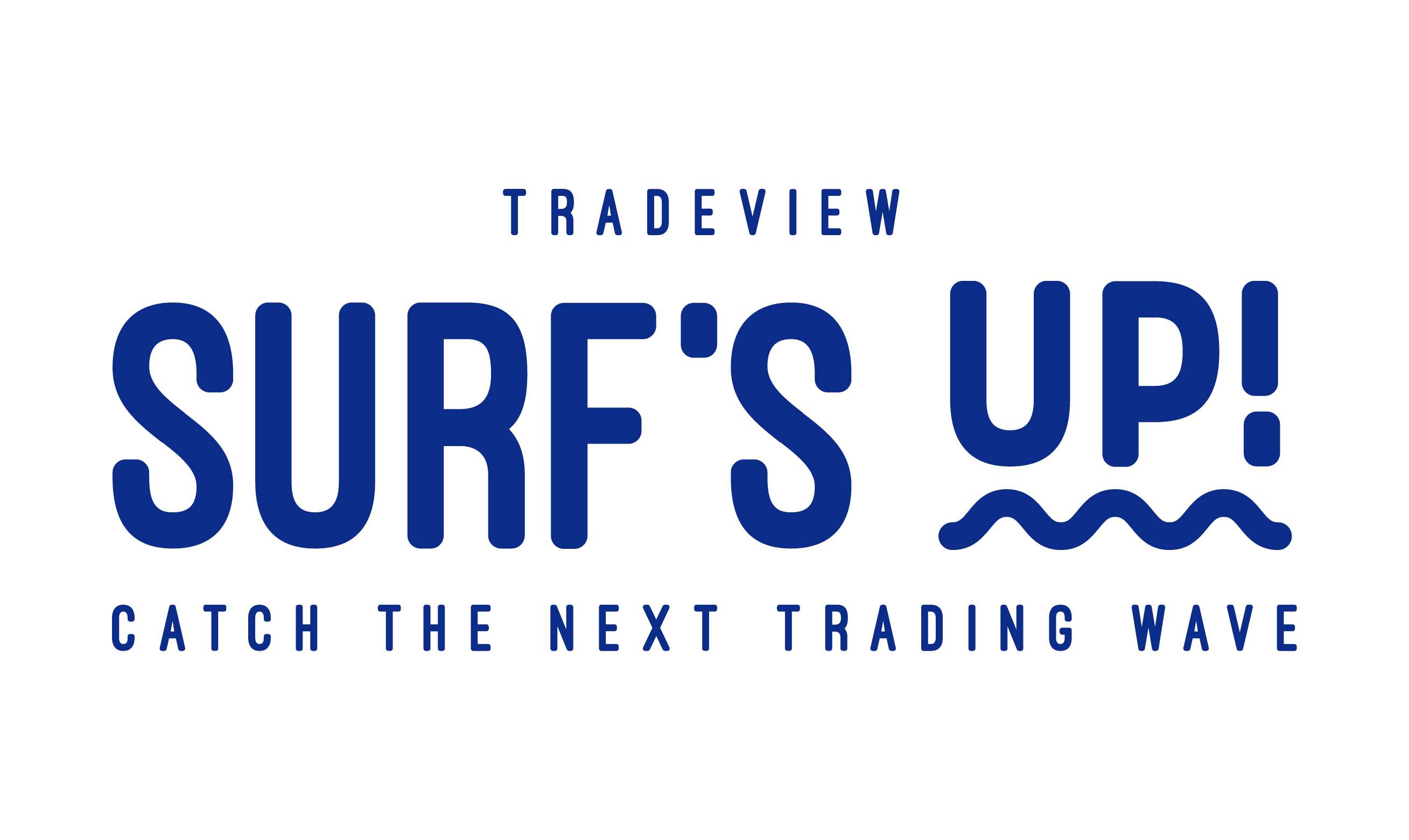Forex Overnight Financing Cost: What It Is and How It Works
Forex, or currency market, is by far the most important and liquid in the world. Hundreds of thousands of people trade foreign exchange and currency pairs every day. Traders who operate in the currency market see themselves debited or credited by the broker every day through the rollover mechanism.
As a result, amounts in the trading account end up under the term swap. What exactly does this mechanism consist of? Let’s see a guide that explains in detail how it works.
Forex Overnight Financing Cost: This is How it Happens
Swaps are nothing more than the difference between the interest rates between the two currencies subject to an exchange. Applying swaps is done through the following process:
At 5 pm New York time every day the broker performs the so-called rollover of the positions, i.e. closes and reopens the positions in play. In doing that, it applies the interest rate to the currencies bought and sold. If the difference between the two rates (swap) is positive, it is credited to the account; if it were to be negative, it would be debited.
This is because interest accrues on currencies every day due to the fact that a position remains open beyond the working day.
So, if you buy EUR/USD, it means you are buying euros and selling dollars. Consequently, if the transaction is not closed before 5 pm, interest accrues in favour of the currency purchased, i.e. the euro, and interest is paid on the currency sold, i.e. the dollar.
Who charges the interest? It is the banks that provide liquidity to the broker who set the amount. This varies from broker to broker because everyone relies on different liquidity providers. Lets see an example.
Example:
If you buy 1,000 euros of EUR/USD and the interest applied by the bank that supplies liquidity to the broker on the euro purchased is 3% and that on the dollar lent is 4%, a negative swap of 1% accrues every day for the trader. Therefore, you will be charged the following daily amount:

In case the EUR/USD is sold and the conditions set by the banks are the same, at that point the $0.027 is credited.
It should be noted that by practice on Wednesday the swap is made for three days, i.e. the same day, Saturday, and Sunday. In fact, even if the banks are closed on the weekend, interest still accrues and will be counted for the following week.
Forex Overnight Financing: Advantages and Disadvantages
Rollover has some positives and some negatives. Among the advantages is that during the operation of closing and reopening the overnight positions, no commissions are paid to derive from the bid/offer spreads.
Also, if the swap is positive, this allows to obtain a constant return regardless of the performance of the exchange. The disadvantage is that, in the event of a negative swap, the potential gain from the foreign exchange trade is reduced by the loss from the daily rollover.
This is especially felt if the position is held open for a long time. In truth, there are few situations where the swap is positive and most of the time it involves a currency pair where the risk is high. This implies that when operating in Forex it is also necessary to keep in mind the possible cost that could be incurred for long-term strategies, which in the end can weigh a lot.
The Carry Trade
The difference in interest rates in a currency pair often gives traders the opportunity to implement carry trade strategies, i.e. buying currencies with high-interest rates and borrowing currencies with low-interest rates.
In recent years, for example, some have bought Turkish lira, which paid very high interest, by selling euros, whose interest was zero before the European Central Bank carried out the tightening of 2022.
However, the operation involved a high degree of risk, because the volatility of the Turkish lira was very high and the currency continued to lose value due to the continuous rate cuts implemented by the Central Bank of the Republic of Turkey.
Clearly, the gain that occurred on the one hand with the positive swap was completely obscured by the loss suffered by the unfavourable exchange rate trend. Generally, therefore, it is preferable to carry out trade operations involving more stable currencies, even if the gain from the rollover should be lower.
Many have done this in the past by borrowing the yen, which had negative rates due to deflation in the country, and buying US dollars, which had higher rates.
About Tradeview Markets
Start Trading Forex with Tradeview Markets. Try a Demo Account to trade without risk or open a Real Account and start trading today! Stay on top of the market by subscribing to our daily newsletter
Author: Michele Morgante
Senior Analyst at Tradeview Markets
e-mail: mmorgante@tvmarkets.com
Linkedin: https://www.linkedin.com/in/michele-morgante-4ba97331/








Comments
binance code
Thank you for your sharing. I am worried that I lack creative ideas. It is your article that makes me full of hope. Thank you. But, I have a question, can you help me?
Код binance
Your point of view caught my eye and was very interesting. Thanks. I have a question for you.